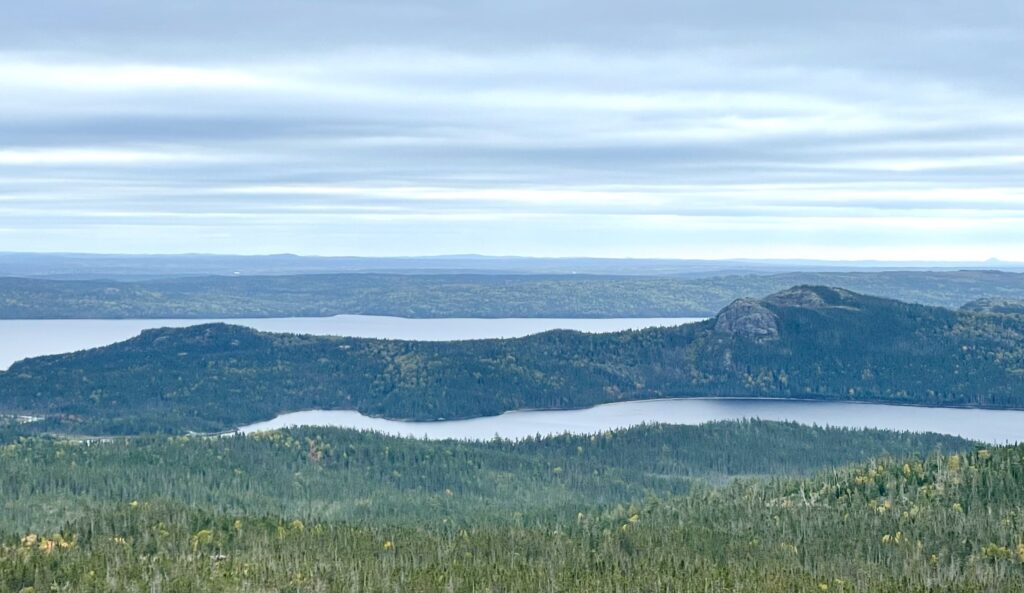Many of you know that I’m residing in Toronto and expecting to become a Canadian/U.S. dual citizen. In addition to my commitment to visit all the 63 US National Parks, I’m also taking advantage of Canada’s 48 National Parks. On my recent trip to Canada’s East Coast, visiting the great province of Newfoundland, I was able to check off two more Canadian National Parks! Visiting Terra Nova and Gros Morne brings my Canadian National Park visits to five and counting!
Terra Nova National Park

After several days spent in St. John’s (a MUST visit by the way), I spent the next several days visiting and hiking in Terra Nova and Gros Morne National Parks. It was off-season at the Parks, so I didn’t encounter much activity at either. The Visitor Centres were open for limited hours, but I timed it well to get some good advice regarding the best trails to hike.

Terra Nova National Park is an easy two-hour drive from St. John’s. In early October beautiful fall foliage and scenic views abound, I enjoyed hour-long hikes around Sandy Pond and up top of Ochre Hill. Terra Nova protects an environment of diverse habitats ranging from boreal forests, ponds, marshes, and bogs to a granite coastline. One of the best things about this NP is the accessibility of its hiking: the Trans-Canada Highway (TCH 1) bisects the Park, and most trailheads are within a mile of the Highway.
Stop by the Visitor Centre to see the skeleton of a whale that was trapped several winters ago by ice that had formed in the shallows of the bay.

Fun Fact: Terra Nova has a moose overpopulation problem. The moose were introduced to Newfoundland in 1904 at a time when there were wolves which are now extinct here. Without predators, the moose population is literally eating up the deciduous forest.
Gros Morne National Park

Gros Morne NP is a Unesco World Heritage site as well as a National Park and is approximately 4.5 hour’s drive from Terra Nova NP (about 6.5 hours from St. John’s). In the Tablelands area of the Park, you find one of the very few places where you can walk on the Earth’s mantle (that’s the layer of silicate rock normally located deep below the crust), and this site is where support was found for the theory of plate tectonics. Tablelands appear as a barren landscape resembling Mars, nearly devoid of vegetation.

Elsewhere, vegetation abounded: Gros Morne is so incredibly diverse, housing 5 distinct ecosystems. Hikes up to ridge tops (such as the 5km Lookout Trail), down to the seashore to access a sandy beach, sea stacks, and a sea cave (via the 9km Green Gardens Trail), and into a visually stunning lake/fjord area (on the 6km Western Brook Pond Trail). The trails were well maintained and not particularly steep, ideal for short morning or afternoon hikes.

Tip: Weather is highly variable at all times of the year, so bring and use multiple layers. Always hike with rain garb in your packs as rain may materialize at any time. If you visit here outside of the mid-June to mid-Sept period, be advised that most inns and restaurants are closed, so it is key to line up lodging/dining in advance.
I was lucky as the weather gods were kind enough to provide some rather reasonable weather for my first-time adventure to Newfoundland. This trip allowed me to experience the vast diversity of yet another part of Canada, and I look forward to exploring more the Canadian National Parks in 2022!

